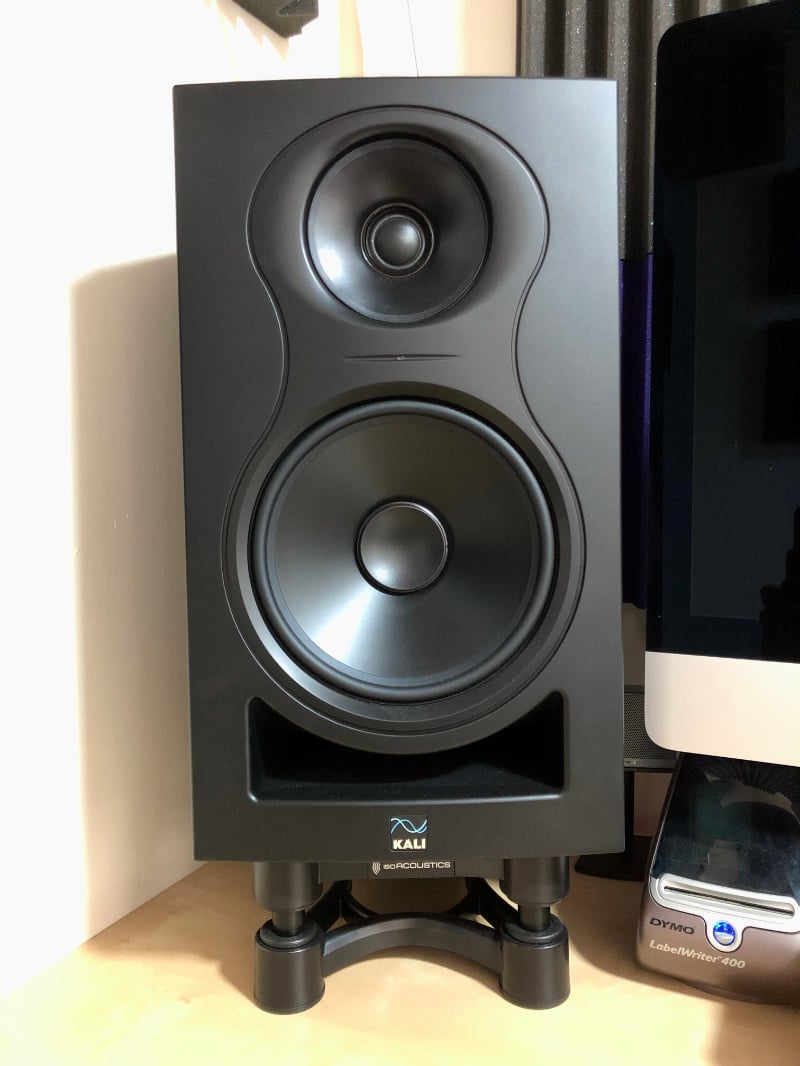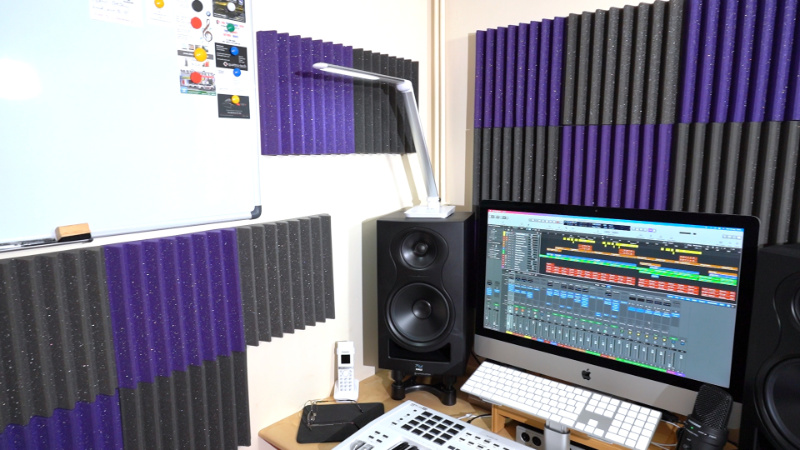How to set up a professional-quality home studio: Part 1
[ad_1]
Want to record professional-quality audio and music to compete with the best? Follow our new series on setting up a professional-grade recording studio in your home.
Thirty years ago, if an artist or band wanted to sell records and get on the charts, they needed a manager, a recording contract, and a few weeks (or months) in a music studio. recording with hundreds of thousands of pounds of outboard equipment and an excellent sound engineer. Today, it is possible to create “release ready” commercial songs that would not look out of place between a song from Coldplay and another from The Weeknd on BBC Radio 1, and this can be done with a regular home computer, worth £ 3,000 of outboard gear, a DAW (digital audio workstation software) and around £ 1,500 of plugins. Best of all, you can publish your own music to Spotify and iTunes yourself, without a label and that’s easy!
Of course, the equipment, hardware, and software alone won’t make you a sound genius like Trevor Horn. There’s kind of a learning curve to mastering the intricacies of crafting a song track by track before mixing and mastering and there’s an abundance of rookie mistakes that separate the engineer from the studio. ‘Home recording professionals who produce commercial quality recordings that we hear on the radio every day. But with my help and advice, and some home study and practical work on your part, you could get into the commercial stage of recording in just a few months.
It would be impossible for me to impart all the knowledge, wisdom and advice – let alone several hours of tutorials – during this brief overview, which is why I have created a fairly lengthy video tutorial (3:20) to go along with this. article (see end of article).
35 years ago, a home audio engineer would have had to fork out around £ 250,000 to buy all the outboard gear needed to produce a commercial production on a multitrack recording. The SSL console and SSL preamps alone would have cost the price of a (then) 2 bed house in Manchester. Today you can buy an audio interface with even higher quality A / D converters and preamps for under £ 1000 – staggering!
Equipment
So what equipment do you need to produce commercial-quality “release-ready†songs? Well, a half-decent personal computer to start with. Personally, I favor Apple hardware for my audio work simply because I find that when setting up an assortment of studio hardware, outboard hardware and software, Macs are just more stable, but a PC will do. also work. The computer doesn’t need to be bloated either. I’m using a 27-inch 2017 iMac with a 5k Retina display, a 4.2GHz quad-core Intel Core i7 processor, 40GB of RAM, 8GB of graphics, a 1TB internal SSD and a few external CalDigit raids – nothing overwhelming, but more than enough for a complex multitrack song.
Then comes the DAW (Digital Audio Workstation), which is the software where you will record all the tracks, arrange, mix and master your song. For this I use Apple’s Logic Pro, as do many professional recording studios around the world. If you’re a Windows user, the following DAWS are pretty decent, and they all basically do the same thing: Ableton Live, Image Line FL Studio, Reaper 6, Reason Studios, and PreSonos Studio.
Audio interface
Gone are the days when you had to spend up to £ 10,000 on an audio interface, you don’t even have to spend £ 3,000 on a Universal Audio model either. I consider the audio interface to be the heart of the system because that’s where you plug in your guitars, mics, vintage synths, etc. The audio interface is also where these analog signals are converted to digital files that reside on the tracks of the DAW.
Discreet Antelope 4.
I have tried and tested loads recently and am using an Antelope Audio Discrete 4 today, which costs around £ 875: the quality of the converters and preamps is studio quality. The Antelope records at 44.1, 48, 96 and 192 kHz and all the rest up to 64 bits. Discrete preamps are state-of-the-art and with the massive 65dB mic gain and abundance of other pro-grade features, the Discrete 4 is more than capable of producing professional-grade commercial tracks.
Near field monitors
Next are near-field monitors. Again, the need to spend £ 40,000 on some ATC SCM300A monitors is unnecessary these days. Sure, these are great monitors, about as good as you can get if you have a big Abby Road type studio to justify them, but the sound engineer doesn’t need to approach that price. Near-field monitors should not color the sound under any circumstances. Unlike regular Hi-Fi speakers, where a given manufacturer brings their own flavor to the party, studio monitors have to be completely neutral and to me they are by far the most important piece of equipment because they are your devices. listen, it’s them. you will be mixing and mastering and judging your mix, so they have to be there.

Kali Audio IN-8 monitors.
But, not all “so called” close-range studio monitors sound neutral, even some of them often introduce some sort of sonic aroma. KRK Roket monitors are known for their rich bass presentation, which is why I personally don’t like mixing on them. I can always tell when a song has been mixed on Roket as the final mix is ​​always light where the engineer has adjusted the mix based on the rich bass presentation of the Roket, resulting in a light final recording when played on any other system. After trying and testing many near field monitors from £ 300 to around £ 3000, I went with some of the Kali Audio IN-8 monitors and my reason for choosing was simple. Firstly, this is a 3 way design, a must if you want precise bass and midrange separation and it is a concentric (coaxial) design which means the tweeter is in the center. midrange speaker, resulting in a clean stereo field.
At just £ 600 a pair, the IN-8s are very inexpensive, given the superb monitoring capabilities they produce for mixing and mastering purposes. The intelligent letterbox port on the front produces superb bass extension, tight and controlled. The mids are crystal clear and the high frequencies have just the right amount of sparkle. Of course, the IN-8s aren’t in the same category as the aforementioned ATC mega-bucks, and there are other better monitors out there, but not in this price range, not even close.
To go with the monitors, I also use a pair of ISO Acoustics ISO-200 Desktop Monitor Stands – a must for preventing sounds from going through the desktop (if you have any on the desktop) and jamming the sound.
In-room treatment

The acoustic treatment of the room is just as important as the monitors. Your monitors will only be as good as the room they are in, which is why you should treat your room and the room processing materials like any other vital piece of equipment. I paid £ 400 for a Universal Acoustics Mercury-2 room treatment kit that consisted of a set of foam tiles, bass traps, spray glue and instructions, and it improved the acoustics of my thousand percent coin. Not treating your room will cost at least half the price of your monitors. I’d rather listen to a pair of £ 500 monitors in a well-treated room than a pair of £ 40,000 monitors leaning against a few marble pillars in St. Paul’s Cathedral.
[ad_2]

